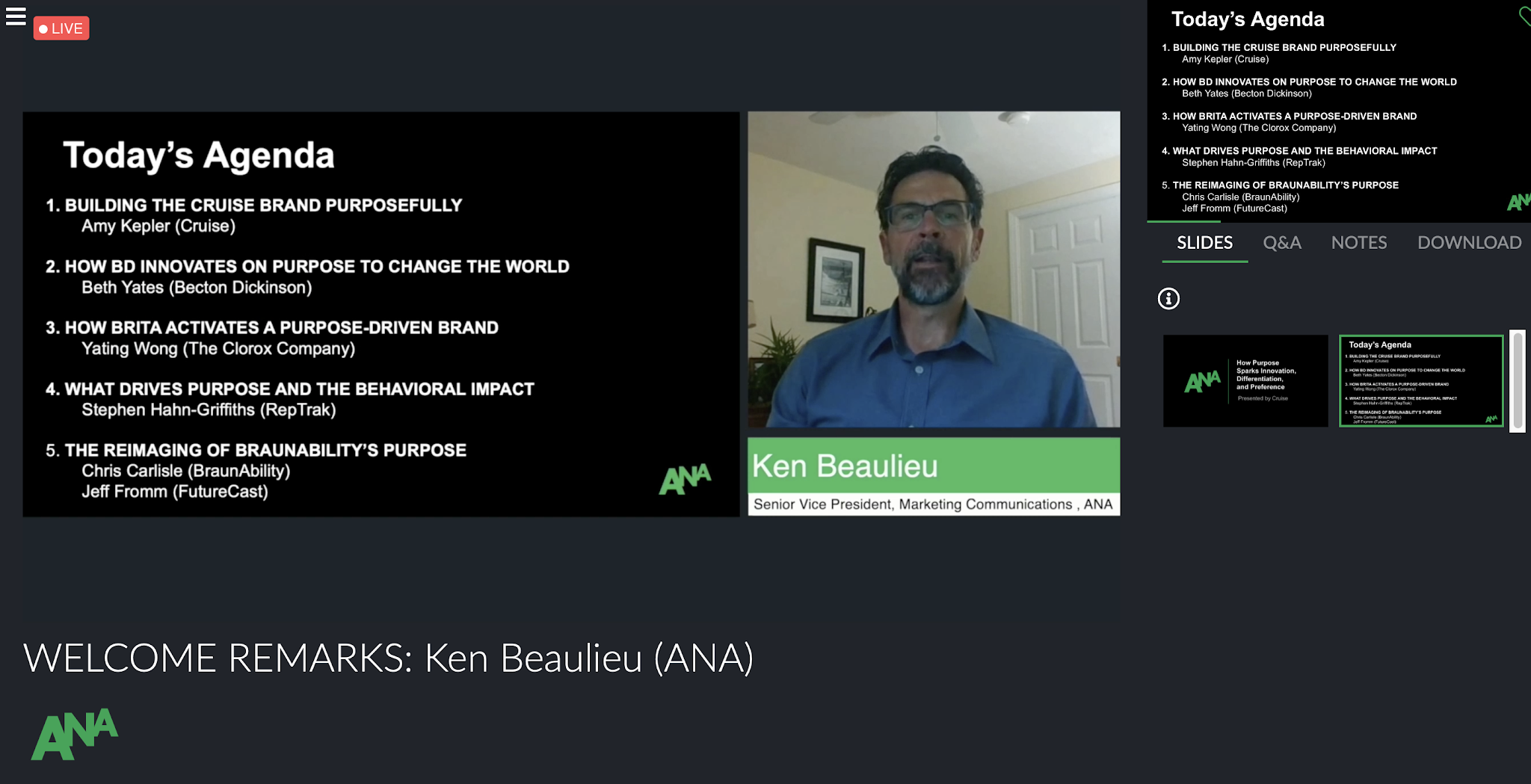Strategic Advertising Forum - Learn to stand out and amplify your message
The strategic Advertising Forum was a summit to bring together New York City’s agency, association, non-profit, and corporate advertising community to discuss best practices, strategy, engaging case studies, and overall thought leadership. Grassroot Professional Network joined Google and MV digital in hosting the event on April 18th at the One World Trade Center.
Assimilate your business through the lens of video
To kick off the summit keynote speaker Beth Heller, Google Partner Enablement Manager, shared her view on how to make the most of YouTube as an advertising platform. Like most other things, how we create as well as watch video has changed dramatically in the past few years. With her statement “attention is scarce but reach is plentiful”, she explained how humans in 2000 used to have an attention span of 12 seconds, how a goldfish has an attention span of 9 seconds and how humans in 2013 have an attention span of 8 seconds.
Yet, Americans only sleep and eat more than they watch videos online. On average, people spent over an hour on YouTube a day providing opportunities for advertising to reach the audience effectively. Being the 2nd largest search engine after Google, people pay 3 times more attention when they watch online ads compared to traditional TV commercials. So much that 95% of ads on YouTube are watched with sound. For advertisers, these seconds of undivided attention are crucial to getting the message across quickly. If you do if fast enough, you won’t have to pay for the ad.
Online advertising has also changed the industry in terms of targeting. We used to only be used to target by demographics, but with online platforms such as YouTube, it’s not possible to dig deeper and target by interest. By doing this, you can identify a warm lead and then retarget them until they convert. People who skipped an ad will not be considered a warm lead and you won’t waste your money by targeting them. The function allows the ad to be in the power of the consumer, helping us as advertisers make our reach more targeted.
Beth ended her presentation with the quote, “the real fact of the matter is that nobody likes to read ads, they like to read content that interest then and sometimes that happens to be an ad.”
“Impressions are garbage”
That’s how Zach Silber, chief innovation officer and managing director at Kivvit, started off the panel discussion on agency perspective on digital advertising strategy. For this, he was accompanied by Sue Zoldak, founder of the Zoldak Agency, Pooja Hoffman, marketing director at Hive, and Thomas Sanchez, CEO of SocialDriver.
Debating which metrics to look at for measurement of success, they all agree you need to look at more than one metric. It’s important to see if they watched the entire video, and especially take a look at the comments. Do they repeat the message or have they stopped asking the same FAQ’s the campaign has been a success. To measure success, it’s also important to define what it looks like beforehand. It the KPI a conversation, a lead or a qualified lead?
Thomas Sanchez brought up three questions which are great for dividing your metrics into. What do people see, say and do? If you find multiple sources of truth, divide them into these buckets that will funnel into being the full story.
When discussing digital advertising they all agreed Facebook stays the number one requested channel that clients are interested in. However, they emphasized the importance of doing your audience research first and then choose channels rather than choosing your channel and make your audience fit. The key to digital advertising is research – who’s your audience, where are they, and what are they trying to buy. You need to advertise where your audience lives online.
Another key takeaway was from Zach Silberman mentioning how that even though were advertising online, “don’t be afraid to go offline to gain valuable insights”. Giving an example of how he in his company gained the most valuable insight offering free chipotle to participant offline made their entire campaign online. To this, the importance of A/B testing was brought up. The general agreement was that it is very helpful when you have the budget for it and if you’re testing the right things. If you have a small budget, it sometimes will be better to just create one strong ad and don’t test it too much, but if you have the budget, it’s definitely worth it, especially testing landing pages as well as ads.
The last takeaway was that “the multiagency dynamic is the new normal” as Zue Zoldak said it. It’s now a common understanding that an agency can’t be the best at everything so instead, you have multiple agencies working or what they specialize in for your company.
Overall, the summit left us with real-world applications of techniques to implement in our own individual organizations.





